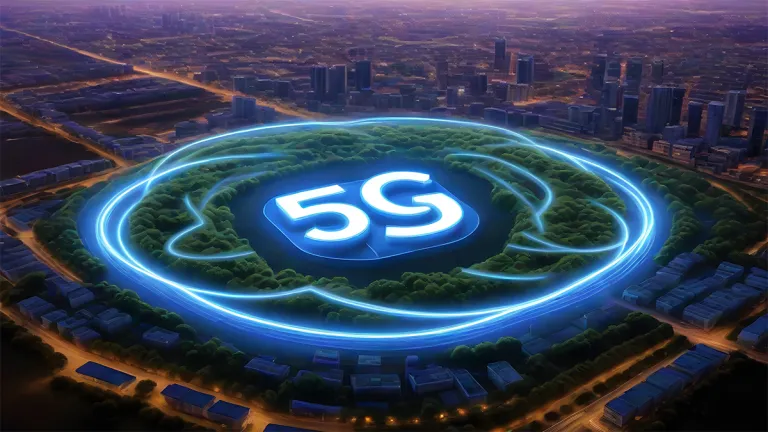
5G Standalone, or 5G SA, is the next big step in wireless technology. It offers faster speeds and more reliable connections. Unlike its predecessor, the Non-Standalone (NSA), which relies on existing 4G infrastructures, 5G standalone operates alone with its own dedicated infrastructure.
This means that users can experience the full benefits of the technology, including ultra-low latency and higher bandwidth, without depending on 4G networks. With this standalone, we can expect a whole new level of connectivity, unlocking possibilities for innovations in different fields such as healthcare, transportation, and entertainment.
Because of its service-based architecture, both service providers and businesses can effortlessly enable new features. And make them accessible through APIs. This opens the door to creating inventive applications, services, and solutions with special connectivity options.
Giving service providers the ability to set different levels of performance and traffic isolation. You can start your journey with 5G standalone today and unlock new possibilities.
What is 5G Standalone?
5G standalone (SA) is an amazing mobile network setup that doesn’t rely on existing 4G infrastructures for communication. Instead, it’s built entirely with 5G technology, covering both the radio access network (RAN) and its core network.
It makes use of cloud-native principles like virtualization, containers, container orchestration, and microservices. This makes 5G SA networks very flexible, scalable, and efficient in using network resources. Ultimately, it offers a smoother experience for its users and helps wireless carriers cut costs.
Benefits of 5G Standalone
The main benefits of this standalone technology are enhanced end-user experience, less complexity, new business opportunities, and network efficiency.
• Enhanced end-user experience
It enables users to get access to fifth generation network. Particularly for wide 5G bands that deliver lower latency and higher throughput. Plus, this SA produces good uplink coverage. This is because there is no power slip between users equipment that is using 4G and 5G.
• New business opportunities
It enables use cases and new services, a new fifth-generation core network, and new market segments. Examples of 5G standalone use cases are network slicing, voice over new radio, and time-critical communication.
• Less complexity
This technology offers network simplicity by using both the 5G core network and the radio access network. Also, device simplicity results from the devices that are built to connect to these networks.
• Network efficiency
It expands coverage by merging different frequency bands together through carrier aggregation. For instance, combining a low-band 5G frequency with a mid-band 5G frequency can help improve mid-band coverage by up to 2.5 times and extend support to 25% more people.
Additionally, in 5G SA, more LTE traffic can shift to mid-band 5G, which makes use of the spectrum more effectively than 4G. This results in a total capacity boost of 27%.
Why Move to 5G standalone?
You should migrate to this architecture, which provides amazing benefits, just like I have mentioned above. The benefit does not end there. It improves existing services such as 5G voice, enhanced fixed wireless access, and enhanced mobile broadband.
Also, it opens new market parts through technology support and new capabilities such as time-critical communication, network slicing, and edge user phone Redcap devices. In addition, it enables service scale and agility via service-based architecture and cloud native.
Leading service providers across the world are quickly deploying 5G standalone. And opening up several opportunities for revenue growth in businesses, households, governments, public services, and more.
What is the Difference between 5G Standalone and non-standalone?
The major difference between these two is the core network. Specifically, non-standalone involves laying the fifth-generation RAN over a current 4G LTE network.
Whereas the standalone requires the latest technology packet core network. It’s a very important step in the worldwide move to 5G. Since 2019, it’s been how most people around the globe have experienced fifth-generation networks on their devices.
Based on GSMA, global fifth generation connections are expected to hit 1.8 billion by 2025, mainly because of the successful rollout of non-standalone






